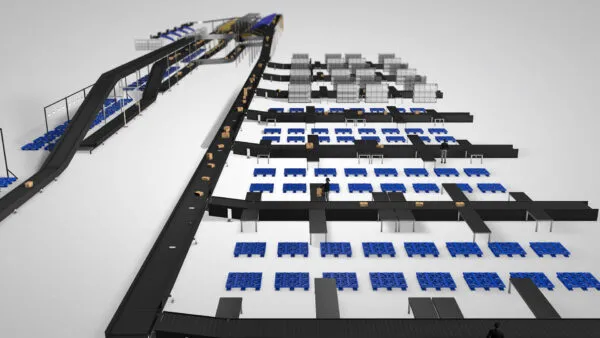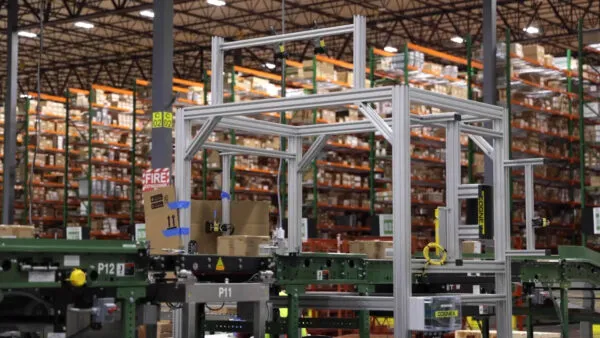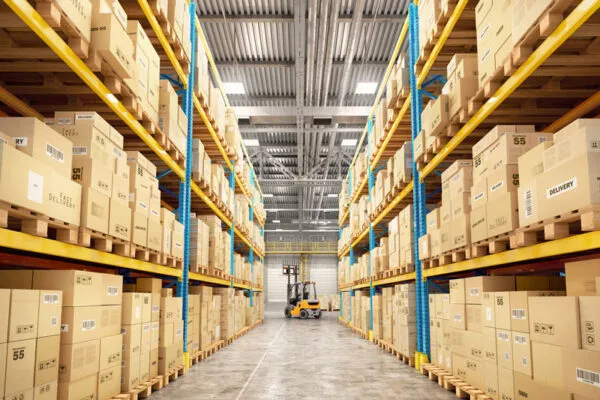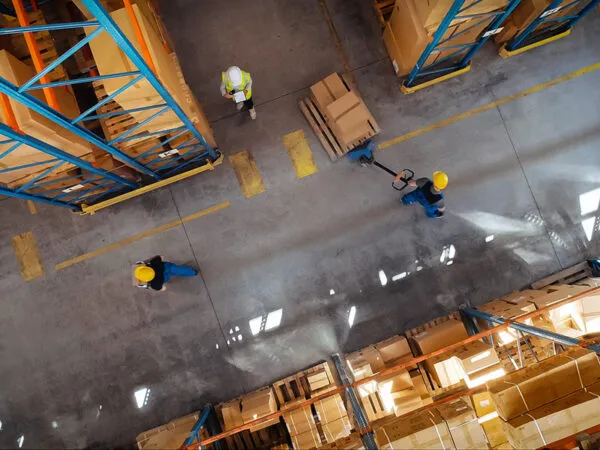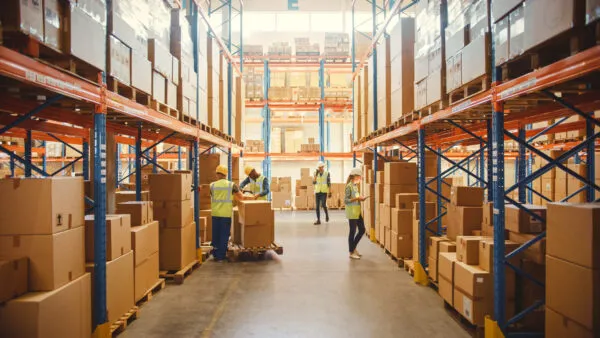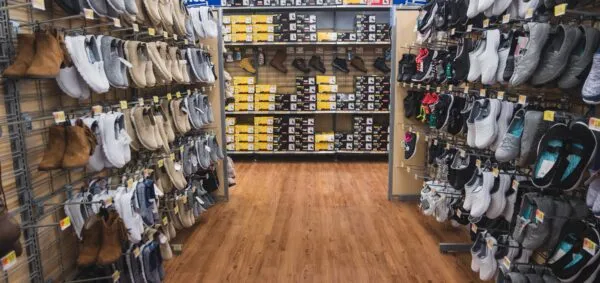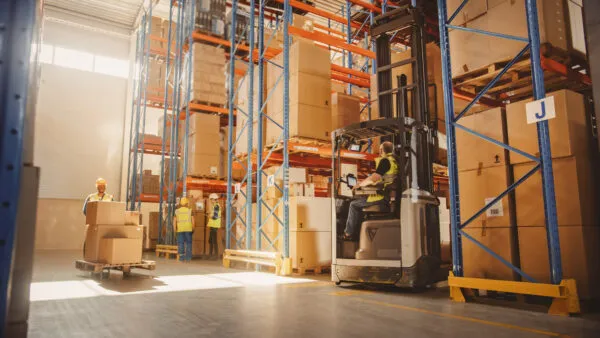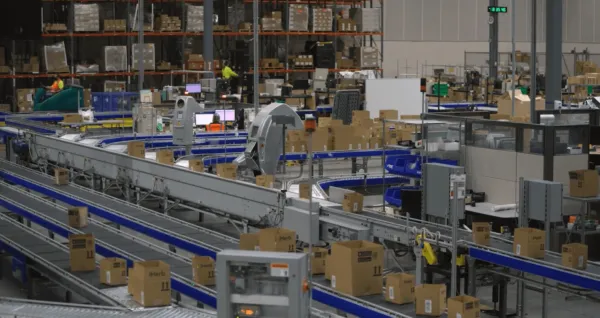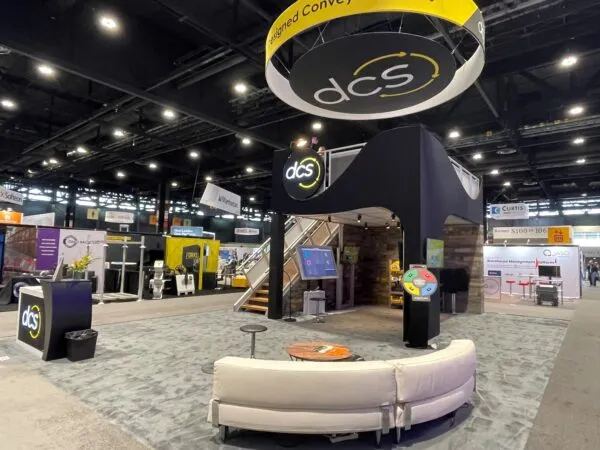This site is protected by reCAPTCHA and the Google Privacy Policy and Terms of Service apply.
Robotic Picking Offers Great Promise For Fulfillment Operations
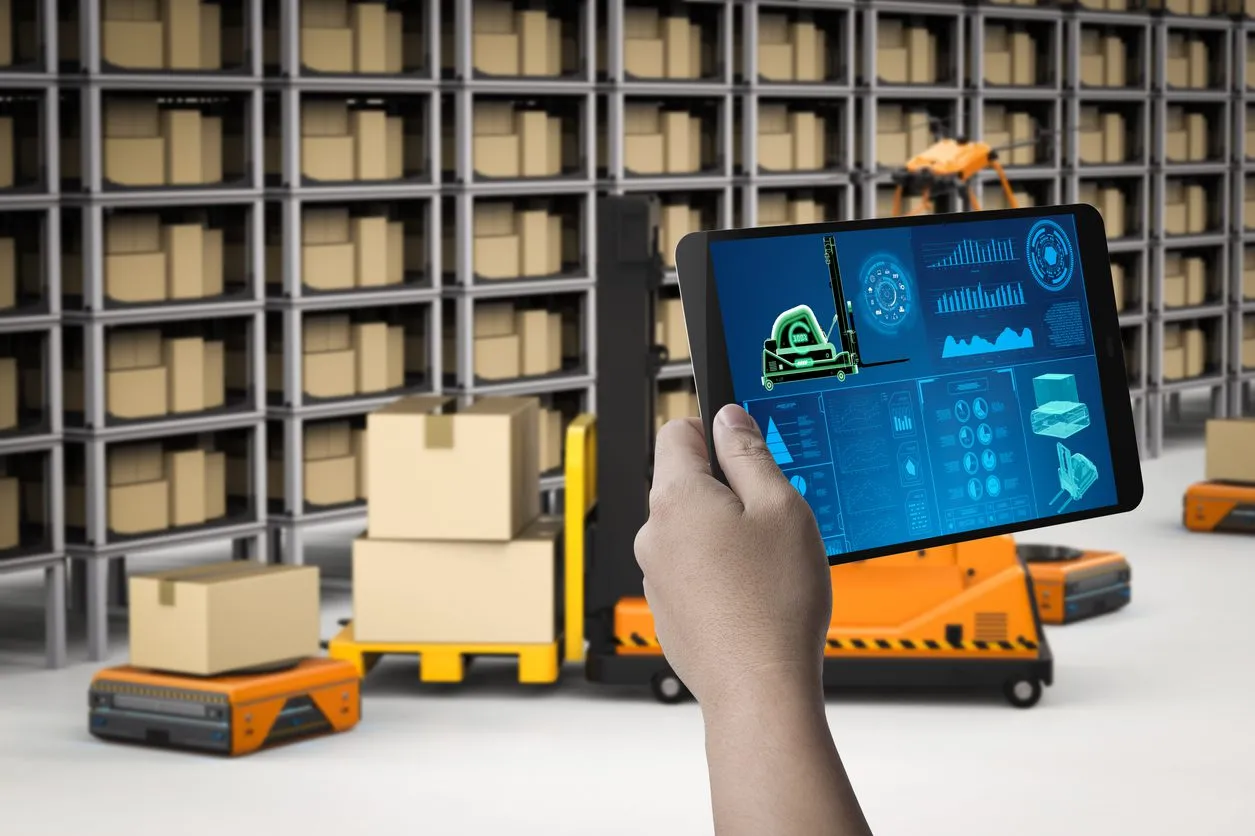
Robotic Picking and Warehouse Automation
The advances in robotic solutions for material handling and order fulfillment applications – such as picking – have been fast and furious these past few years. Both autonomous mobile robots (AMRs) and stationary, multi-axis picking arms outfitted with end effectors to grip products have begun making inroads into distribution centers. These technologies are no longer solely relegated to pilot project status, but are now being deployed within day-to-day operations.
Companies are increasingly willing to make the investment in robotic picking solutions primarily because of the ongoing labor challenges that continue to plague this sector. In many parts of the U.S., qualified, available labor was scarce and the market fraught with intense competition even before the COVID-19 pandemic wreaked havoc with fulfillment operations in 2020.
Now that we’re in the new normal, those labor pressures have only intensified. Operations comparing the return on investment (ROI) in robotic technologies to the costs associated with attracting, training, and retaining employees are increasingly finding automated warehouse solutions to be more cost competitive. After all, robots don’t call in sick, nor do they take breaks.
Further, they are a flexible solution to warehouse automation:
- Experiencing higher volumes during seasonal peaks? Lease an additional batch of robots from the supplier to supplement your current fleet and induct them into your processes.
- Need to reallocate an existing robot from one workflow to another? Many now use drag-and-drop technology for easy reprogramming of travel paths and other functions.
- Want your robots to work alongside your human associates? Collaborative robots (cobots) are equipped with a variety of safety and proximity sensors that control their movement in response to their surroundings, allowing them to safely interact with their human colleagues.
All of these benefits offer tremendous advantages for the picking portion of the order fulfillment process. That said, I still consider robotics to be an emerging technology as the software and computing power behind them continues to develop.
Take robotic arm picking, for example. Right now, that technology is most effective when it can be applied to picking items that are relatively similar and consistent in size, shape, packaging, weight, and so on. Artificial intelligence (AI) and machine learning (ML) technologies are growing in their capabilities and enabling a robot to learn through experience so it can pick up new items it has never encountered before. However, we’re still likely years away from a single robotic arm being able to reliably pick the broad variety and range of products a human can pick.
Therefore, the most successful robotic picking arm applications are the ones that present a tote of similar items for a robot to pick from, then to place the pick in a separate tote. This is often a solution deployed with goods-to-person (G2P) systems where the robot replaces an associate at a workstation. In addition to achieving higher pick rates than a person, the robot is also more accurate when picking from a divided tote holding multiple stock keeping units (SKUs). That’s because its integrated vision sensors and programming ensure it only picks the correct item from the right place in the tote. This application can drive additional benefits such as better storage density within an eCommerce warehouse.
On the AMR side of the robotic picking spectrum, these vehicles can be used to move product from one location to another. For example, they might transport lighter payloads of individual totes or cartons from racking or conveyor – or a payload such as a pallet, rack, or multi-tiered shelf of totes – and deliver them to one or more order fulfillment workstations. Associates staffing the workstations pick the required items, and the AMR returns its payload to storage.
Alternately, aisle pick AMRs travel from pick zone to pick zone, collecting items that have been picked by personnel stationed in each specific location. A third application utilizes AMRs or larger, heavier automatic guided vehicles (AGVs) to transport pallet loads of product from storage locations to replenish forward pick zones. In all three of these scenarios, associate travel time is eliminated. By allowing workers to focus solely on picking, throughput rates and efficiency can be greatly improved.
The next few years holds great promise for further development and implementation of these robotic technologies into new and different picking and order fulfillment applications. I’m looking forward to seeing how these solutions will bring even greater efficiency to operations while allowing them to dedicate their personnel resources to more value-added tasks.
Let us bring ideas for improving order fulfillment efficiency and productivity with automation to you. To learn more about working with DCS, connect with us.
_
Author

A 25-year veteran of the material handling industry in his second year with DCS, John has worn many hats u2013 business modeling, process and system concepting, system design, project management and implementation, and operational improvement u2013 and has settled in over the past year as the Lead Solutions Manager. Outside of the office, John loves to fish and hunt, and is into traveling and spending time with his family.
